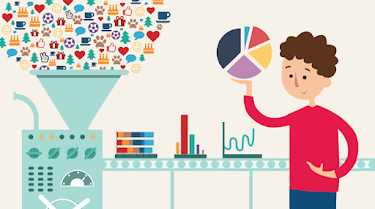Python is a high-level, interpreted programming language. It was created by Guido van Rossum and first released in 1991. Python is known for its simplicity and readability, which make it an accessible language for beginners while also being powerful and flexible enough for experienced developers.
Python emphasizes code readability, with a clean and concise syntax that allows programmers to express concepts in fewer lines of code compared to other languages. This readability is achieved through the use of indentation and whitespace, rather than explicit delimiters like braces, which makes Python code easier to understand and maintain.
Python supports multiple programming paradigms, including procedural, object-oriented, and functional programming. This means you can write code using different styles depending on the requirements of your project.
Python has a large standard library that provides many modules and functions for tasks such as file I/O, networking, database access, and more. This extensive library makes Python a versatile language for various applications.
In addition to the standard library, Python has a vast ecosystem of third-party packages and frameworks that extend its capabilities. These packages cover a wide range of domains, including web development, data analysis, scientific computing, machine learning, and artificial intelligence. Some popular Python frameworks include Django, Flask, NumPy, pandas, TensorFlow, and PyTorch.
Python is an interpreted language, which means that code is executed line by line without the need for compilation. This makes the development process faster and more interactive. Python also provides an interactive shell, called the Python REPL (Read-Eval-Print Loop), where you can experiment with code and execute statements one at a time.
Python is available for various operating systems, including Windows, macOS, and Linux. You can download the official Python interpreter and development tools from the Python website (python.org) and install them on your computer.
Python has different versions, with Python 3 being the latest major version. Python 3 introduced several improvements and new features compared to Python 2. While Python 2 is still used in some legacy systems, it is recommended to use Python 3 for new projects.
Python has a large and active community of developers who contribute to its development and create numerous resources, tutorials, and libraries. The Python Package Index (PyPI) is a repository of third-party Python packages that you can easily install and use in your projects using the pip package manager.
Overall, Python is a powerful and versatile programming language that is widely used in many domains. Its simplicity, readability, and vast ecosystem of libraries make it a popular choice for beginners and experienced developers alike.













No comments:
Post a Comment